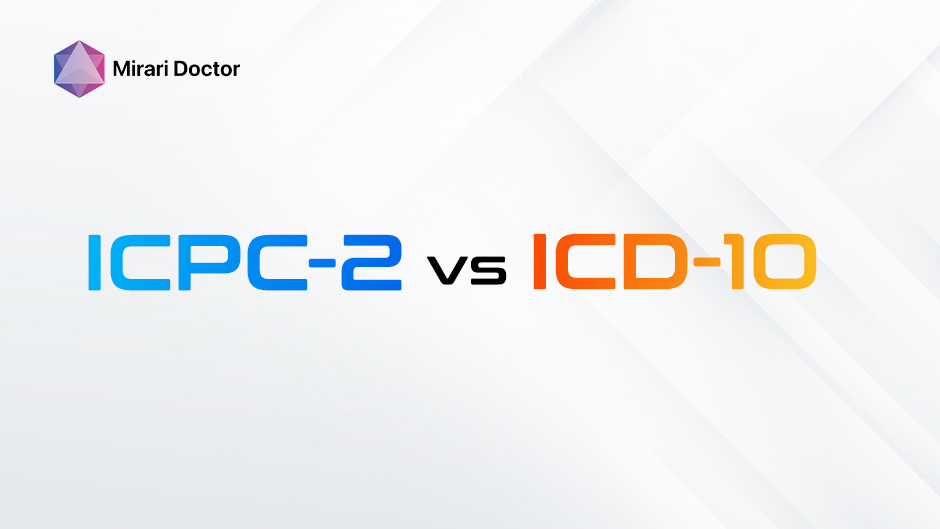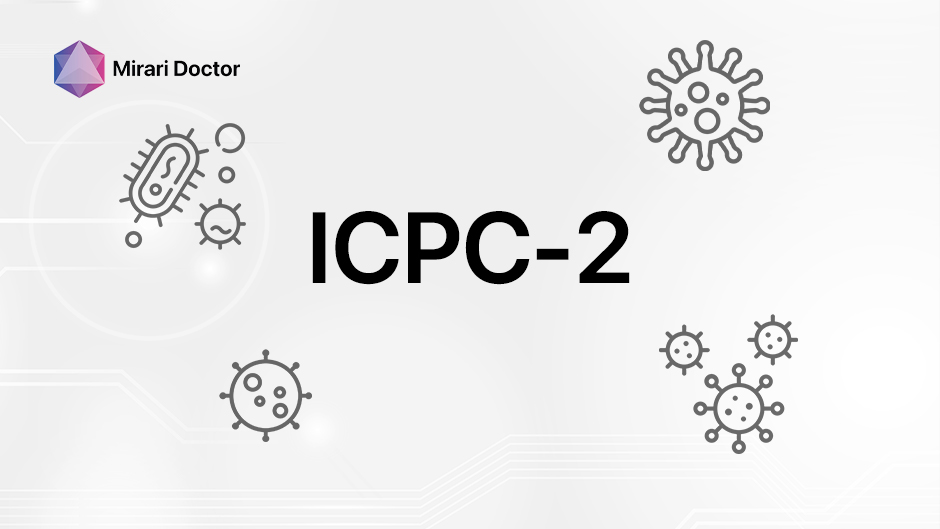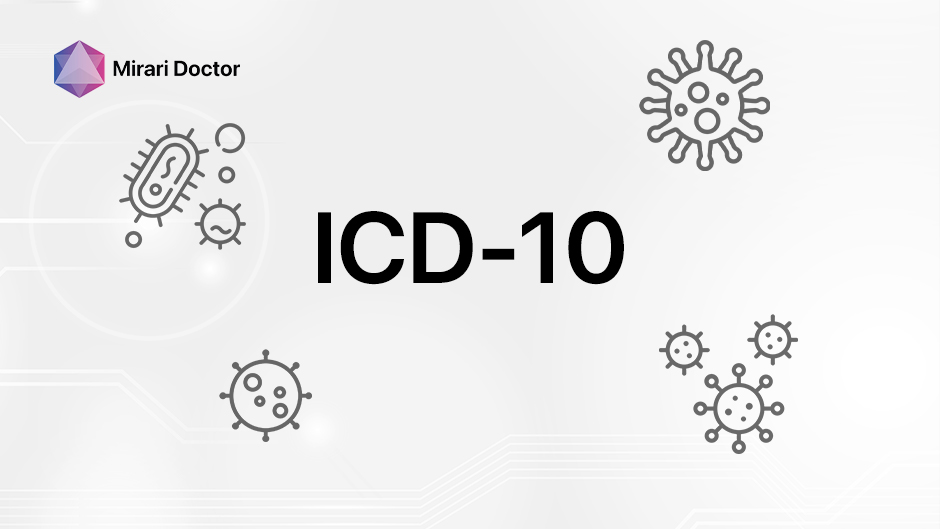
Introduction
In the complex world of healthcare, standardized classification systems play a crucial role in organizing and communicating medical information. Two of the most important systems are the International Classification of Primary Care (ICPC-2) and the International Classification of Diseases (ICD-10). This blog post will explore these systems, their purposes, and how they compare.
What is ICPC-2?
ICPC-2, or the International Classification of Primary Care, Second Edition, is a coding system specifically designed for primary care and general practice. Developed by the World Organization of Family Doctors (WONCA), ICPC-2 allows for the classification of three important elements of the health care encounter:
- Reasons for encounter (RFE)
- Diagnoses or problems
- Process of care
ICPC-2 uses a biaxial structure with 17 chapters based on body systems and seven components dealing with symptoms, diagnoses, and interventions [1].
Key Features of ICPC-2:
- Focuses on primary care encounters
- Uses a simple structure with 17 chapters and 7 components
- Includes codes for patient reasons for encounter
- Emphasizes the process of care
What is ICD-10?
ICD-10, or the International Classification of Diseases, 10th Revision, is a comprehensive coding system for all health conditions and related health problems. The World Health Organization (WHO) developed ICD-10, a global tool for morbidity and mortality statistics, reimbursement systems, and automated decision support in healthcare [2].
Key Features of ICD-10:
- Covers all health conditions and external causes of injury or disease
- Uses a complex alphanumeric coding system
- Provides highly specific diagnostic codes
- Includes codes for factors influencing health status
Comparing ICPC-2 and ICD-10
| Feature | ICPC-2 | ICD-10 |
| Purpose | Primarily for primary care and general practice | Comprehensive classification for all healthcare settings |
| Structure | 17 chapters based on body systems, 7 components | 22 chapters with alphanumeric codes |
| Specificity | Less specific, focusing on common problems in primary care | Highly specific, covering rare diseases and detailed conditions |
| Ease of Use | Simpler structure, easier to use in primary care settings | More complex, requires more training to use effectively |
| Scope | Includes reasons for encounter and process of care | Focuses primarily on diagnoses and health problems |
Importance of Conversion between ICPC-2 and ICD-10
The ability to seamlessly convert between ICPC-2 and ICD-10 is essential for several reasons:
- Interoperability: Enables smooth data exchange between primary care and specialized settings, fostering a holistic view of patient health.
- Enhanced Patient Care: Facilitates accurate tracking of patient histories and outcomes across different care levels, leading to more informed decisions.
- Robust Health Data: Supports accurate collection and analysis of health statistics, crucial for research, resource allocation, and public health planning.
Table: Disease Categories by ICD-10 Codes and ICPC-2 Codes [3]
| Disease Category | ICD-10 | ICPC-2 |
| Low back and neck pain | M46.9, M47, M48.0-M48.2, M48.8-M48.9, M50-M54 | L01, L02, L03, L84, L86, L85, L83 |
| Shoulder syndrome | M75 | L08, L92 |
| Osteoarthritis | M15-M19 | L89, L90, L91 |
| Osteoporosis | M80-M81 | L95 |
| Rheumatoid arthritis* | M05-M06 | L88 |
| Fibromyalgia | M79 | L18 |
| Bursitis/tendinitis/synovitis | M65–M67, M70–M72, M760–M770, M772–M779 | L87 |
| Gout | M10 | T92 |
| Total musculoskeletal | All M codes | All L codes |
*In ICPC-2, this category is defined as “rheumatoid/seropositive arthritis.”
Dive into our exclusive PDF on the conversion between ICPC-2 and ICD-10. This essential guide is packed with expert tips, practical tools, and the latest updates that every healthcare professional needs. Please download the full conversion guide as a PDF here.
Both ICPC-2 and ICD-10 serve important roles in healthcare classification. ICPC-2 is tailored for primary care, offering a simpler structure that includes patient reasons for encounter. ICD-10, on the other hand, provides a comprehensive, detailed classification system for all health conditions across various healthcare settings. Understanding these systems is crucial for healthcare professionals, administrators, and researchers to effectively manage and analyze health information.
References
[1] World Organization of Family Doctors (WONCA). (2021). International Classification of Primary Care, Second Edition (ICPC-2). https://www.globalfamilydoctor.com/site/DefaultSite/filesystem/documents/Groups/WICC/International%20Classification%20of%20Primary%20Care%20Dec16.pdf
[2] World Health Organization. (2019). International Statistical Classification of Diseases and Related Health Problems (ICD). https://www.who.int/standards/classifications/classification-of-diseases
[3] Kinge, J.M., Knudsen, A.K., Skirbekk, V., et al. (2015). Musculoskeletal disorders in Norway: Prevalence of chronicity and use of primary and specialist health care services. BMC Musculoskeletal Disorders, 16(75). https://doi.org/10.1186/s12891-015-0536-z
Related articles
Made in USA







